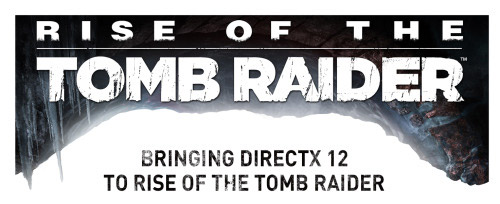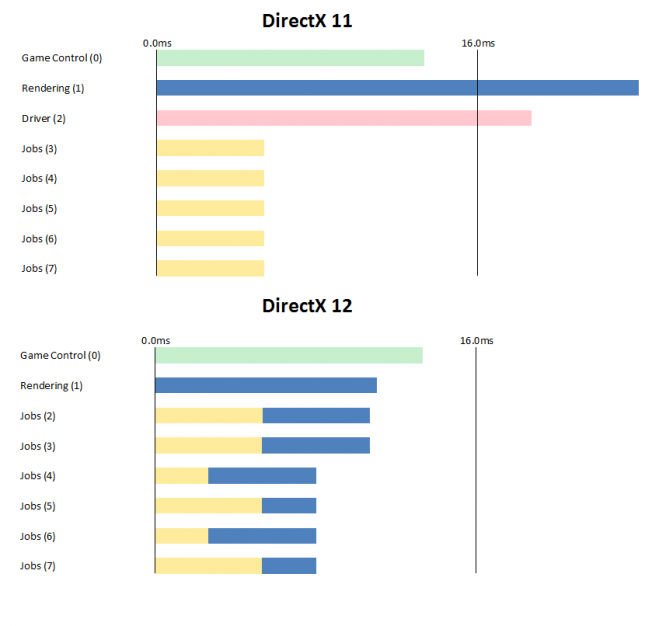Rise of the Tomb Raider Patch Adds DirectX 12, NVIDIA VXAO Ambient Occlusion Technology
The fifth PC patch for Rise of the Tomb Raider, build 1.0.638.6, has been released! Nixxess Software has a great blog post up today about bringing DirectX 12 to Rise of the Tomb Raider that is certainly worth taking a look at.
At Nixxes we have a long history of working with consoles as well, and one of the large differences between developing for consoles and developing for PCs is the level of access to the hardware available to us. We can leverage every single hardware feature and every bit of CPU power available in the most efficient way possible. With DirectX 12 we are taking a massive step forwards for bringing a lot of that flexibility to the PC as well. For Rise of the Tomb Raider the largest gain DirectX 12 will give us is the ability to spread our CPU rendering work over all CPU cores, without introducing additional overhead. This is especially important on 8-core CPUs like Intel i7s or many AMD FX processors.
The patch adds support NVIDIA VXAO Ambient Occlusion technology and even includes a new benchmark feature to help compare performance between systems. The list of changes in the game patch can be found below.
- Added support for DirectX 12
- DirectX 12 is a new advanced graphics API that on the right hardware can offer far better performance.
- For the best DX12 performance and stability please install the latest drivers for your GPU.
- For NVIDIA: http://www.nvidia.com/download/driverResults.aspx/99512/en-us
- For AMD: http://support.amd.com/en-us/kb-articles/Pages/AMD_Radeon_Software_Crimson_Edition_16.3.aspx
- Adds NVIDIA VXAO Ambient Occlusion technology. This is the worlds most advanced real-time AO solution, specifically developed for NVIDIA Maxwell hardware. (Steam Only)
- Added a new benchmark feature to allow easy comparison of performance on different systems, as well as at different graphics settings.
- Fixed some HBAO+ and other Ambient Occlusion issues.
- Fixed motion blur problems in Stereoscopic 3D mode.
- A variety of other smaller optimizations, bug-fixes, and tweaks.
NVIDIA VXAO Ambient Occlusion technology sounds exciting, but it is not yet available on DX12 just yet. Only NVIDIA Maxwell owners running the latest drivers and are playing the game with the DirectX 11 API will be able to check out the new AO solution.
When using DirectX 11, in situations where the game is under heavy load for example in the larger hubs of the game the individual cores may not be able to feed a fast GPU like an NVIDIA GTX 980 or even NVIDIA GTX 970 quick enough. This means the game may not hit the desired frame-rate, requiring you to turn down settings that impact CPU performance. Even though the game can use all your CPU cores, the majority of the DirectX 11 related work is all happening on a single core. With a lot of the work is spread over many cores, and the framerate of the game will run at can be much higher for the same settings. This is clearly shown in the image above to give visual learners a look at how the CPU load is being distributed between DX11 and DX12.
Nixxess Software showed that an Intel Core i7-2600 processor and NVIDIA GeForce GTX 970 averaged 46 frames per second in this game title running DirectX 11. That same scene with DirectX 12 brings the framerate up to 60 fps. DX12 is looking good right out of the gate and on a real game title!


